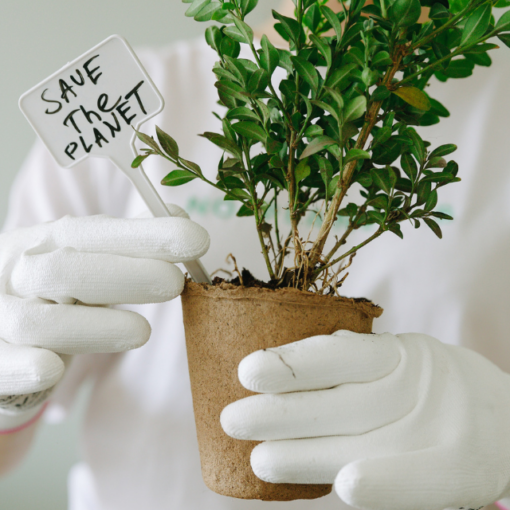The resources of our world are limited and therefore new ways need to be developed to manufacture in a resource-saving way. Therefore, finding new end uses for the waste products of production is becoming increasingly important. Until now, faulty, or damaged products have simply been disposed of, just as the waste generated during the manufacturing process. But it is exactly this waste and B or C quality products that can be new raw materials for other companies. For example, it is common practice to produce pellets for heating from the wood chips of sawmills.
Successful implementations of Zero Waste and Circular Economy production in established companies, such as Subaru, have shown that switching production to Circular Economy or Zero Waste is not only possible but also brings great cost savings. Recycling all resources saves materials, and the amount of waste sent to landfills is minimized or even completely avoided. This eliminates a company’s annual waste fees and reduces the need for new raw materials. (Courtnell 2023.)

What is the difference between Circular Economy and Zero Waste?
The Zero Waste movement is defined as a company reducing more than 90 % of the waste that would eventually end up in a landfill. This can be achieved in different ways, such as selling the side products to other companies or reusing them in their own production facility. Circular Economy companies go one step further and plan to reuse all the individual parts of their product and, in the best case, also reuse all the waste of the company, including the waste of the administrative area and the staff restaurant. The difference, therefore, lies in small details. For example, a company can call itself Zero Waste if the disposal of the product’s packaging is passed on to the customer, as this waste does not fall within the company’s calculation. To be considered Circular Economy, the company would need to take back the packaging and reuse it for packaging purposes or find a new use. (iSustain Recycling 2018; Unisan 2020; zerowaste 2021.)
A better brand image brings more customers
Not only can the costs of production be reduced by avoiding waste and internal recycling, but the image of the company can also be significantly improved. A sustainable image is becoming more and more important to consumers and through increased research, greenwashing is very quickly uncovered. Therefore, truly sustainable behaviour is crucial. A sustainable work ethic can also increase productivity, as well as the overall well-being of employees. In addition, by changing production, the creativity of employees is challenged to find new solutions. (Hoffman 2018; Inkbot Design 2022; Lein 2018.)
Authors
Sophie-Marie Frohnwieser is a double degree student in the Wood Technology programme at LAB University of Applied Sciences.
Ilkka Tarvainen is a Senior Lecturer in Wood Technology, and he is responsible for the international issues of Wood Technology education at LAB University of Applied Sciences.
Sources
Courtnell, J. 2023. What Is Greenwashing? 5 Signs to Spot & Stop Greenwashing. Green Business Bureau. Cited 15 Jun 2023. Available at https://greenbusinessbureau.com/green-practices/what-is-greenwashing-and-how-to-spot-it/
Hoffman, A. J. 2018. The Next Phase of Business Sustainability. Stanford SOCIAL INNOVATION Review, 16(2), 35-39. Cited 15 Jun 2023. Available at https://ssir.org/articles/entry/the_next_phase_of_business_sustainability#
Inkbot Design. 2022. Why Curating A Sustainable Brand Image Is Good For Business. Inkbot Design. Cited 15 Jun 2023. Available at https://inkbotdesign.com/sustainable-brand-image/?utm_content=anc-true
iSustain Recycling. 2018. Becoming A Zero Waste Company. iSustain Recycling. Cited 15 Jun 2023. Available at https://isustainrecycling.com/becoming-a-zero-waste-company/
Lein, S. 2018. Why Sustainable Branding Matters. Forbes. Cited 15 Jun 2023. Available at https://www.forbes.com/sites/theyec/2018/08/20/why-sustainable-branding-matters
Unisan Ltd. 2020. What is Zero Waste? What is the Zero Waste Movement?. Cited 15 Jun 2023. Available at https://www.unisanuk.com/what-is-zero-waste-and-the-zero-waste-movement/
zerowaste. 2021. Zero Waste vs Circular Economy – Your Guide to Getting In the Loop – Zero Waste. Recycle Track Systems, Inc. Cited 15 Jun 2023. Available at https://www.zerowaste.com/blog/zero-waste-vs-circular-economy-a-guide/




